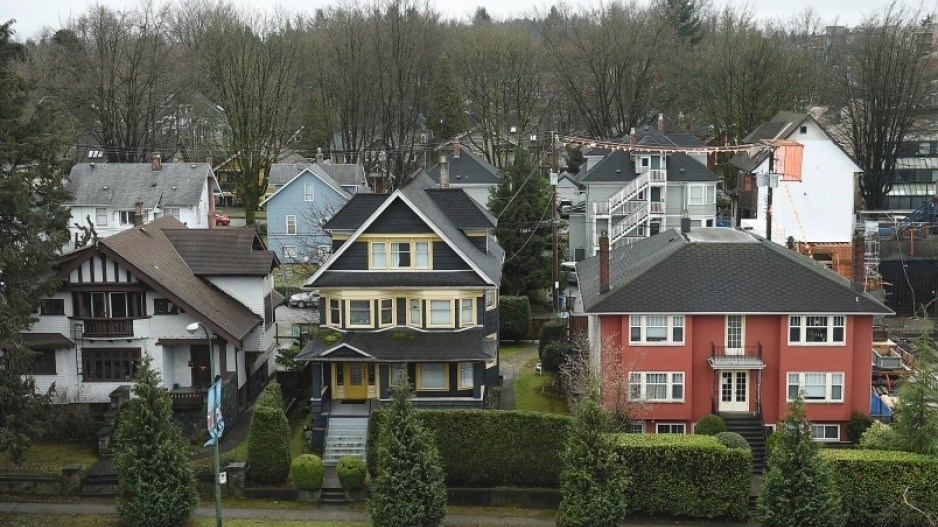British Columbia’s economy has led the country for the past two years with estimated real GDP growth of 3.3% in both 2015 and 2016, but momentum in the province will slow down over the next couple years as the housing sector activity slows down, according to a TD Economics forecast released December 20.
Real GDP is forecast to increase 2% in the province next year and 1.8% in 2018, which is slightly higher than the national average forecasts of 1.8% and 1.7%. The effects of the newly implemented federal mortgage rules and Vancouver’s foreign buyer’s tax, which have already helped slow activity in the market, will be seen throughout the next couple years. Ontario will experience a similar housing market-related slowdown, TD said.
“A gradual downshift in tailwind from housing activity will take some steam from [the economies of B.C. and Ontario] over the next two years, but momentum is not expected to peter out completely,” TD said in the report. “These provinces should still occupy the upper end of the growth leaderboard in 2017-18.”
Home price appreciation has created “positive wealth effects” in B.C., which will support solid consumer spending over the next couple years.
“This will continue to drive consumer spending activity in these provinces, particularly in Vancouver, where the main source of softness in sales has been concentrated in the high end of the market, where the propensity to consume is not as great,” the report said.
“Moreover, first-time homebuyers—which should account for more sales in B.C.—tend to spend more on goods as they furnish their houses. As such, consumers will continue to prop up growth.”
Uncertainty relating to trade and tax policies in the United States could weigh on investment spending in B.C., but there is a possibility of increased spending in industrial construction as exports increase and vacancy rates remain low. As well, the outlook for the forestry sector is difficult to forecast at this point.
“With no new Softwood Lumber Agreement reached as of yet, potential duties applied to lumber exports presents some downside risk to the outlook for British Columbia,” TD said. “But any tariffs implemented are unlikely to derail the province’s lumber industry, as it is a key source of supply for the U.S., where new home construction is expected to rise steadily over the next two years.”
TD forecasts Alberta and Saskatchewan will move to first place for growth next year, with increases of 2.1% for both provinces. In 2018, Alberta is forecast to see growth of 2.3% and Saskatchewan’s economy is expected to grow 2.0%.
TD’s report is less optimistic for British Columbia than a BMO study released October 6 that said B.C. will remain the country’s growth leader next year. That study predicted 2017 provincial growth of 2.5%—the highest in the country—compared with 2% growth nationwide. BMO said B.C.’s diverse resource base, steady U.S. demand and a weaker Canadian dollar will boost real GDP, but pointed out slowing growth in Asia could be particularly hard on the province.
[email protected]@EmmaHampelBIV
Check out BIV’s podcast for the week of December 20, 2016:




